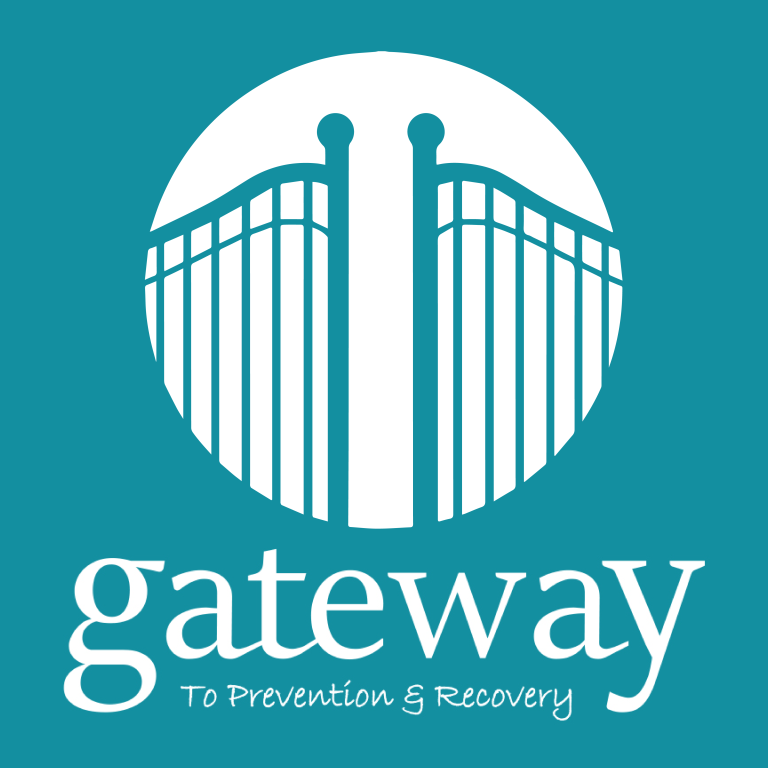It is April which means the return of the Pink Elephant campaign. Originally launched about ten years ago, the Pink Elephant campaign’s purpose is to address the importance of adults adhering to the state Social Host Law and refusing to provide alcohol or a place to drink for underage youth. The campaign relaunched in 2022 after a hiatus and is back, better than ever, for 2023, including expansion to other communities in Pottawatomie County and crossing into Seminole County. The campaign coincides with both prom season and National Alcohol Awareness Month, making it the perfect opportunity for parents to talk with their teens about the risks associated with underage drinking. There are infinite resources available to help guide these conversations but here are a few misconceptions about underage drinking and the actual facts to get talks started.
Myth: Alcohol is safer than other drugs for youth.
Fact: Although alcohol may be more widely accepted in society, it can be just as harmful as other drugs. The brain is not fully developed until approximately the age of 25 and alcohol, as well as other drugs, can impede that development. A teen’s brain is more vulnerable to alcohol than that of an adult and underage drinking can seriously hamper the learning process for adolescents. Additionally, underage drinking can lead to poor decision making including drinking and driving, risky sexual behavior, and other potentially harmful activities.
Myth: It’s okay to drink alcohol before the age of 21.
Fact: Underage drinking can lead to problems with alcohol later in life. Individuals who start drinking alcohol before the age of 15 are more likely to develop a drinking problem at some point in life than those who wait until the age of 21 or older. Also, all fifty states, including Oklahoma, have a law prohibiting the consumption of alcohol for individuals under the age of 21. Violating the law can result in paying fines, community service, or even jail time.
Myth: Teens are going to drink anyway so it’s safer to supply the alcohol and the location to drink.
Fact: It might seem difficult to believe but the data shows that the majority of teens ages 12-20 have not had alcohol in the past 30 days. Because alcohol is such a socially acceptable drug, it might seem like “everyone is doing it” but that is not necessarily true. While underage drinking is common, it is actually far from the norm.
Furthermore, it is against the law to provide not only alcohol but the location for underage drinking. Oklahoma has a statewide Social Host Law that prohibits adults, parents, and even other minors from doing so. The law defines a social host as anyone who provides the location for underage drinking. Violators can be issued a $500 citation for a first offense with the potential for a felony for multiple offenses. Teens are not safer drinking at home and it is against the law to do so.
Myth: It is okay for parents to give their own teens alcohol.
Fact: Allowing teens to drink, whether they are your children or not, is a violation of the state social host law. Some adults think that allowing teens to drink at home under supervision is teaching them to drink “responsibly,” but there is no such thing as responsible underage drinking. It is biologically harmful for teens to consume alcohol and illegal for adults to provide it for them.
Use this month as an opportunity to talk to the teens in your life about the dangers of underage drinking and the long term implications of doing so. It’s never too early or too late to have that conversation. If you are unsure of where to start, you can find resources at gatewaytoprevention.org/events or follow us on Facebook at Drug Free Communities-Pott. County and Community Connection: Alcohol Awareness.
Danielle works at Gateway to Prevention & Recovery as the Program Director for the Drug Free Communities grant in Pottawatomie County. She obtained her Bachelor of Arts and Master of Arts in Human Relations from the University of Oklahoma.
